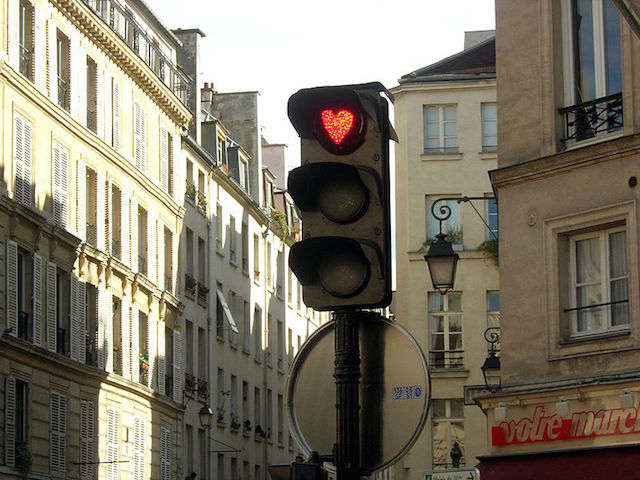The other day, I was walking to my car from the beach. I had just run on the boardwalk and whimsically decided to jump in the water afterward.
By the time I got out, it was nearly five o’clock, so traffic was starting to get bad. Barefoot, shirtless, and still wet from swimming, I seemed to be of prehistoric descent—using my legs, walking to my destination—while all around me a line of tin cans carrying forward-facing zombies continued to grow.
Where the hell was everyone going? Where were all these strangers driving their cars? It freaked me out at first.
So many damn people, I thought. If there were aliens watching us, they’d look down and see billions of these creatures going to different places. And that’s how I felt—like an alien observing a ferociously intriguing phenomenon. My mind raced with curiosity, and I felt helpless not being able to put my finger on it.
I studied the faces and body language of the drivers. They seemed to cover the entirety of the emotional spectrum. Boredom, sadness, anger, happiness, anxiousness—everything.
Where is everyone driving? I repeated over and over again in my head.
Suddenly, it clicked. I knew where everyone was going. I knew why everyone willingly got in a line that painstakingly lurched along for 45 minutes. Everyone’s destination was the same. Everyone was waiting to drive to the same place.
That place was love.
Now, before you stop reading this and label it as happy, hippie bullsh*t, hear me out.
Of the people I saw driving, I figured a fairly large percentage of them were driving home from work. And another chunk of them were probably going out to eat. Others were driving their kids to various after-school activities or practices. And maybe some were going to the same boardwalk I had just come from. Pretty soon, the reasons began to pile up until I felt anxious thinking about the endless destinations to which people were driving.
So I let it go. But I realized that the overarching unifier, the transcendent force pushing everyone’s foot to the gas pedal, was love and hope. This realization rendered the physical destination insignificant.
A man who looked absolutely miserable in this long line of traffic was driving home to his loving wife and kids—the reasons he endlessly toils away.
A woman, who looked so elated that she might burst, was besieged with optimistic nervousness for her date. She was driving to hope—a possibility.
A mother, feeling caught in a perpetual state of monotony, drove her kids to gymnastics practice because she wants what they want.
An elderly couple scoured the streets for a parking spot in hopes of taking their nightly stroll down the boardwalk, where they hold hands and lament over their regrets and inspire each other for future endeavors—a kind of walk toward the fire that only love can make less frightening.
The people I saw waiting in their cars were all going to different places, objectively speaking, but their motives were rooted in the same heart. We all wait; we all endure mundane routines like sitting in traffic, because there’s something in all of us that hopes and loves—something that makes us return to that line of traffic over and over again.
Love and hope are the invisible routine that never gets old no matter how we feel—happy, sad or bored. Love and hope laugh at us when we think we’re too tired or think we can just shut everyone out. They throw a bucket of cold water on us, slap us on the back of the head, and give us that disappointed, you-should-know-better look. And so we (reluctantly) get up, walk to the garage, turn the keys and drive to wait in traffic.
As sh*tty as it may feel to know we’re now behind an endless line of red taillights, just keep in mind that our destination is the same as those around us. It isn’t simply the place we’re driving. It’s the place where love and hope have etched their way into our daily lives.
~
Relephant:
How I Learned to Make “Love Thy Neighbor” a Daily Practice.
~
Author: Andrew Somps
Image: Wikimedia Commons
Apprentice Editor: Sarah Crosky; Editor: Toby Israel
~







Read 0 comments and reply